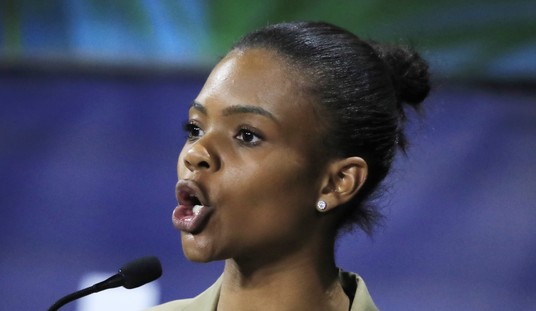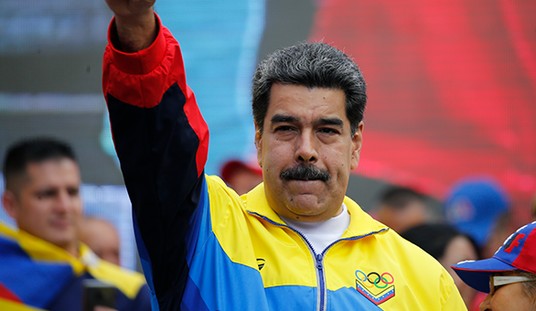9 November 2016: It’s a brave new world in the United States. How silly the punters must feel. Back in the summer of 2015, a competing cacophony of certitudes told the world that Hillary was finished, that Hillary was inevitable, that a wave of populist sentiment would sweep Donald Trump into the White House, or Bernie Sanders, or even Joe Biden. There were those who thought that Hillary’s reckless disregard of the law would land her in jail, others who said it didn’t matter that she broke the law, if she did, because … the static was loud and distracting.
But who could have predicted what actually happened? Did anyone — anyone — foresee Hillary’s bold action in divorcing Bill when his escapades on Jeffrey Epstein’s Lolita Express suddenly went from yesterday’s news to the front page of every paper and internet outlet? It didn’t help that her poll numbers tanked throughout the autumn: in just a few months, from August to November, she went from being the frontrunner to scraping the bottom of the barrel, registering barely above Lincoln Chafee in the RealClearPolitics national average.
Hillary’s divorce was a shock, but it was nothing compared to what happened next.
I don’t think anyone could have predicted that Donald Trump and Hillary Clinton would actually join forces and convince the American people to elect them as co-presidents. Looking back, of course, it all makes sense. Hindsight is like that. You can see patterns and foreshadowings in retrospect that yesterday’s conventional wisdom obscured. Now it seems obvious that Donald Trump and Hillary should have found each other. Both were suffering in the polls. The revelation that Hillary had emailed the details of Ambassador Chris Stevens’s movements in Benghazi from her personal gmail account, which had been hacked by the jihadists in Libya, was too much even for James Carville, whose exposé on the Huffington Post did serious damage to Hillary’s credibility.
And Trump: after his meteoric rise last summer, Trump’s numbers crashed after he proposed creating a national covert police force to carry out his prime directive to deport more than eleven million illegal aliens and their families. Actually, to be more precise, his numbers crashed after David Brooks wrote a column for the New York Times pointing out that the German translation for the new police force Trump proposed is Geheime Staatspolizei, “Gestapo” for short.
It was about this time, in February 2015, that the union between Hillary and Donald Trump began to take shape. Neither would cede pride of place to the other — both had their hearts set on being president — so it was only gradually that the idea of proposing themselves as co-presidents, somewhat along the lines of the two consuls in the Roman Republic, crystallized.
I very much doubt that they would have been able to pull it off (a cynic might say, “to put it over”) if it hadn’t been for the big grassroots response to the immigration crisis. Some clever publisher had brought out a new edition of Jean Raspail’s classic dystopian novel, The Camp of the Saints, which shows in excruciating detail what happens when untrammeled immigration from the Third World is allowed to proceed unchecked. The book became a bestseller: more, it sparked a nationwide movement — already underway in Europe — to reconsider national borders, national sovereignties, and the whole progressive agenda of multiculturalism. In the United States, it quickly came to a head when the country as a whole decided to secede from California, maintaining the port city of San Diego as the sole bit of U.S. territory in the Golden State.
It never would have happened without the active collusion of Jerry “Governor Moonbeam” Brown, whose own presidential aspiration seduced him into opening negotiations with the California First Party. His promise to take two refugees for every one that Angela Merkel took in Germany was at first wildly popular with Hollywood and the state’s large immigrant population. It wasn’t long, however, before the dire economic consequences of the policy began to assert themselves forcefully.
Who would have thought that the economic powerhouse of California could have been ruined so quickly? Jerry Brown thought he could guide the forces he helped to start, but like so many revolutionaries before, he found it easier to start than to control a revolution. The secession movement actually started in California, but it wasn’t long before it was overtaken by events in the rest of the United States. Soon enough, it wasn’t California that was going to secede from the U.S. Was there a town square in the rest of the country that did not see demonstrations where the chant “U.S. out of California!” was the rallying cry?
Well, the rest is history. After a number of secret meetings between their staffs, Hillary and Donald Trump publicly announced their joint candidacy. It was, as Trump said, “huge.” There were even rumors about a more personal union after Donald Trump’s supermodel wife announced that she was transitioning to become a man and asked henceforth to be called “Matthew.” Hillary’s camp let it be known, however, that should the match take place, there would not be another “Mrs. Trump” but rather a new “Ms. Rodham.” The feminists liked that.
The punters have scrambled to keep up, some pointing out that it made sense all along. On matters of substance, there never was much difference between the policies advocated by Hillary and those advocated by Donald Trump. It had been pointed out for months, at least since the infamous Fox News debate of August 2015, that Trump had been a donor to Hillary’s campaigns in the past. Both favor raising taxes, increasing the size of government, and solving most local problems from Washington. Paradoxically, Hillary benefitted from Trump’s greatest asset — his anti-establishment appeal — and Trump acquired a certain inside-the-Beltway legitimacy from the match.
It’s been a crazy ride. What’s next? On the run-up to the election, the “Trillary” ticket (as pundits denominated the team) announced a popular jobs initiative: Donald Trump would finally get to build his wall, but it would be along the border between the United States and the People’s Republic of California, not the United States and Mexico. What a long strange trip it’s been.









Join the conversation as a VIP Member